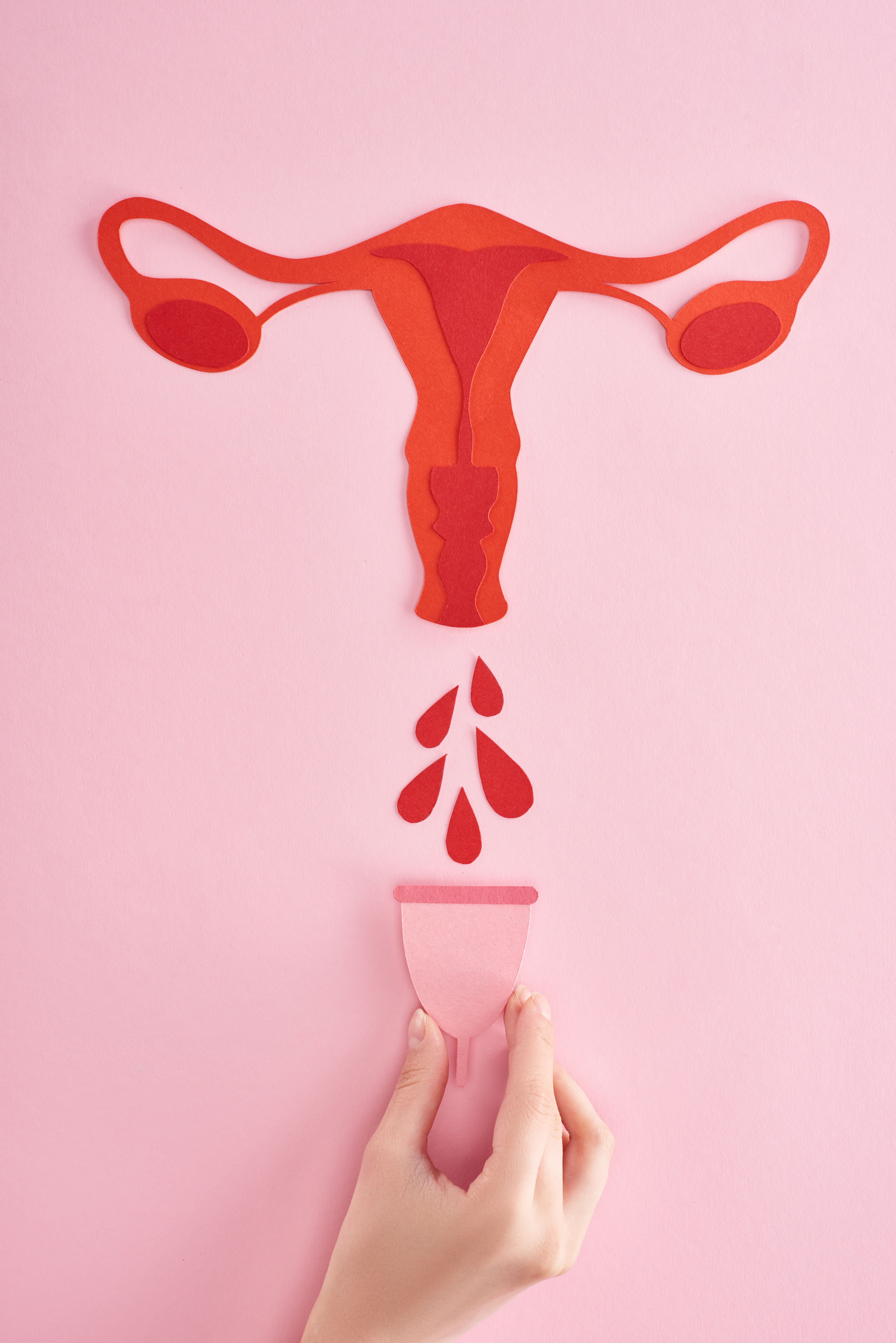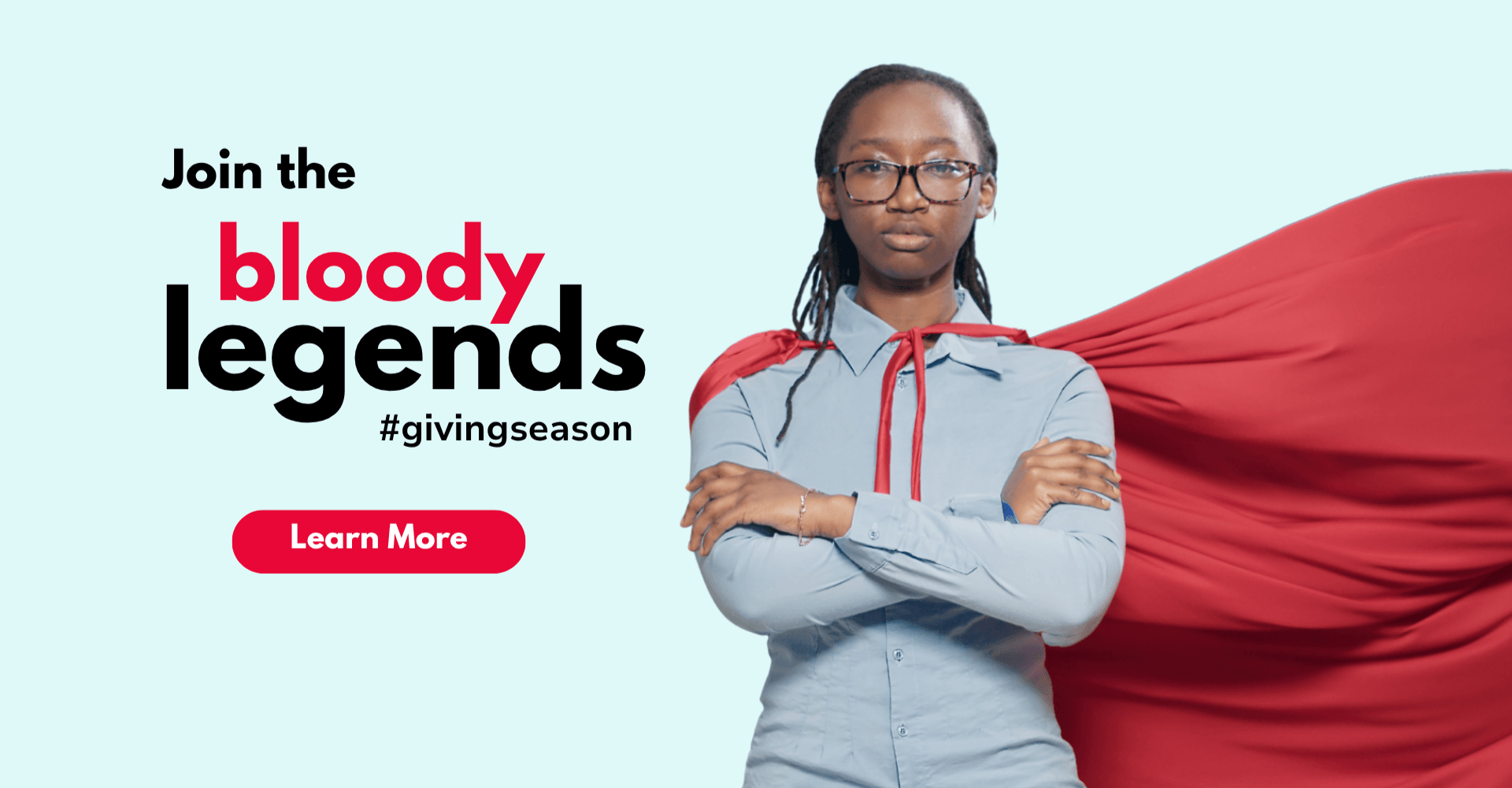The 4 Phases of the Menstrual Cycle, Explained
)
Do you know that your period is only one of four phases in the menstrual cycle?
After menstruation comes the follicular, ovulatory, and luteal phases. This cycle lasts 28 days on average, varying in length and intensity from person to person.
While no two people’s cycles are the same, there’s a general scientific understanding around what’s happening in a menstruator’s body – physically, mentally, and hormonally – through each phase.
Tracking your cycle and symptoms with the four phases in mind can make it easier to anticipate your hormonal fluctuations and work with them, rather than letting them work against you.
The following is not to be taken as medical advice, but as a starting point for understanding and tending to your body’s natural processes. If you’re concerned about your cycle symptoms, please consult a medical professional.
The Menstrual Phase (AKA Your Period) ~Day 1-7
The first day of your period – also known as the menstrual phase – marks the beginning of the menstrual cycle.
Chances are, you’re already familiar with this one…
Length: ~3-7 days
Physical Patterns: bleeding, cramps, bloating, headaches, tiredness, low back pain, and more.
Take note of: energy levels, hours of sleep needed to feel well-rested, recurring patterns in your flow, cramps, and mood.
Working with your cycle during the menstrual phase is all about rest and self-care. Think comfort shows, warm baths, heating pads, extra hydration, journaling, and taking naps.
What’s happening in my body?
When the egg released during your last cycle doesn't get fertilized, estrogen and progesterone levels drop.
This tells the body it’s time to shed the thickened uterus lining it developed to prepare for a possible pregnancy – which it no longer needs, since a pregnancy did not occur.
The muscles in your uterus then contract to shed said uterine lining, causing the bleeding and cramps we’re all familiar with.
If you’re new to the science of periods or looking to explain it to a young audience, check out our video on “What is a period?”.
The Follicular Phase ~Day 1-14
The follicular phase is the time in between your period and ovulation. That said, it officially starts on the same day as your period, because the body sheds the uterine lining and starts developing new follicles at the same time.
During the follicular phase, you might notice:
Increased energy
Lighter mood
Clearer skin
Reduced brain fog
Clearer, thinner cervical mucus
Curiosity, optimism, and motivation
Increased stamina, focus, and creativity.
After resting up during the menstrual phase, this phase is a good time to make plans, set goals, and take action to nurture yourself.
Notice any increases in your mood or energy levels and use them to your advantage. Maybe that’s creative brainstorming, moderate exercise, practicing a hobby, light socializing, or whatever’s speaking to you in the moment.
What’s happening in my body?
During the follicular phase, the brain releases follicle-stimulating hormones (FSH).
These hormones tell the ovaries to start developing follicles: tiny fluid-filled sacs containing egg cells.
As FSH levels rise, so do estrogen levels. These hormones support follicle development until one produces a fully-matured egg – ready to be released from the ovary, through the fallopian tube, and into the uterus for a possible pregnancy.
At the same time, the uterine lining starts thickening in anticipation of this hypothetical pregnancy.
The Ovulatory Phase ~Day 15-16
The short but powerful ovulatory phase is a day-long window where a mature egg is released through the fallopian tube and into the uterus, ready to be fertilized.
During the ovulatory phase, menstruators might notice:
Clear, thick discharge (often compared to raw egg whites)
A slight rise in basal body temperature
Increased energy and libido
A spike in social confidence
Increased desire for connection
This phase is an excellent time to schedule in activities that’ll benefit from an energy spike and a high social battery: networking, date night, tackling a collaborative / creative project, or enjoying a fun workout.
What’s happening in my body?
Rising estrogen levels from the follicular phase signal a surge in the luteinizing hormone (LH), triggering the release of a mature egg.
After its release, this egg travels through the fallopian tubes to the uterus, where it now has the potential to be fertilized by sperm and result in a pregnancy.
Ovulation lasts about 24 hours, after which the egg will die or dissolve if it isn’t fertilized.
The Luteal Phase ~Day 16-28
The luteal phase is the “wind-down” of the cycle, beginning after ovulation and ending just before your next period.
Have you heard of pre-menstrual syndrome (PMS)? Yeah, this is it.
The Luteal Phase, Summarized
Length: ~12–14 days on average, though anywhere from 10 to 17 days is considered normal.
Physical Patterns: increased body temperature, thicker discharge, breast tenderness, bloating, changes in appetite and sleep, and other premenstrual symptoms.
Mental / Emotional Patterns: may feel steady or grounded at first, but as hormone levels drop, you may experience irritability, fatigue, low mood, or emotional sensitivity (often referred to as PMS-ing).
Take note of: your basal body temperature; changes in discharge consistency; patterns in your mood, sleep, energy, or concentration levels that recur from month to month.
Self-care ideas: gentle movement, herbal teas, warm baths, journaling, meditation, cozy nights in, tracking your symptoms, and changing your plans if your energy dips.
What’s happening in my body?
After ovulation, the follicle that released an egg turns into a mass of cells called the corpus luteum, which releases progesterone to help the uterus maintain its thickened lining.
If the egg doesn’t get fertilized, the corpus luteum breaks down, followed by a drop in progesterone and estrogen.
And with that hormonal drop, we’re back at the start: the uterine lining prepares to shed, and your period starts again.
Final Thoughts: Knowledge is Power
Cycle awareness is valuable for anticipating your cycle symptoms and tending to them, rather than being unprepared for them each month. This is about understanding your body – not ‘fixing’ it.
There’s no right way to manage your cycle, but it can be helpful to observe, understand, and anticipate your own patterns.
Our Menstruation Nation app (available in the apple store) is a free period tracker proudly designed to protect your privacy – with simple tools to track your mood, flow, and sleep patterns through all 4 phases of the menstrual cycle.
Did you learn something new today? Are you wondering why you never learned it in school?
Us too.
Periods are a natural part of life. They don’t deserve to be a source of shame, stigma, or struggle.
The way to fix that is through education.
That’s why The Period Purse has a comprehensive menstrual education program suitable for folks of all genders and ages – it’s never too late to learn!
Let’s build a compassionate, period-friendly, and menstrual health-savvy world, together.
Book a free session for your classroom, community, or workplace today.
___________
P.S. Our monthly giving program is getting a refresh! Stay tuned to socials and our newsletter for more info in the weeks to come.
Every day someone in your community experiences period poverty. TPP is out to change that – each and every month.
Together, we can turn Canada into the most period-friendly country in the world. Stay tuned for more info – or start your cycle (of giving) today!
| Tags:News |
&geometry(180x180))

